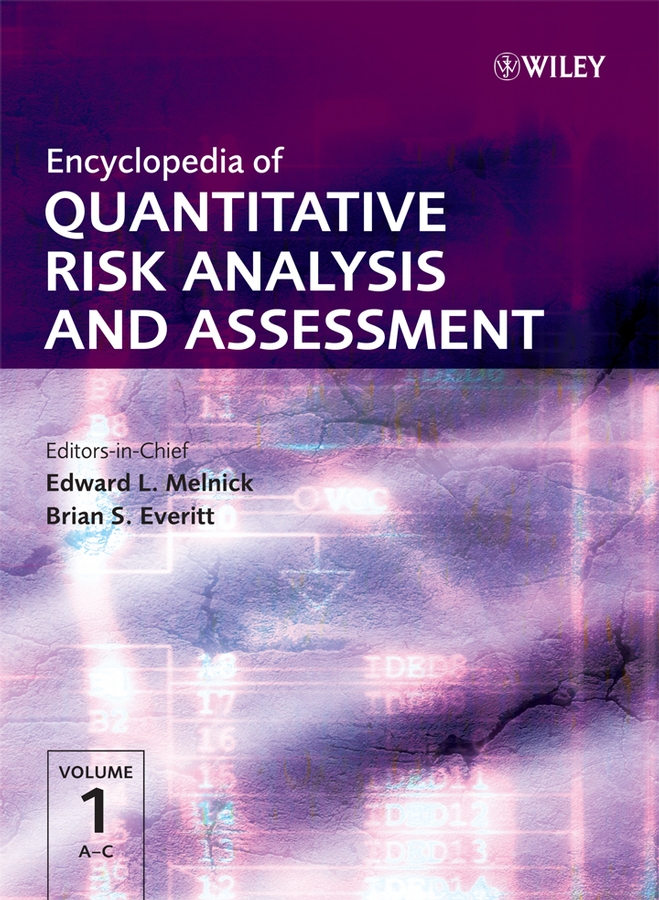Abstract
A decision tree finds many uses in the representation and analysis of finite discrete models of risk. In this article, we review the different uses of this theory and compare it with some other frameworks of decision inference. We then illustrate how the decision tree can be used as a framework for an extensive form analysis, in the context of risks associated with decisions leading to the prosecution of a criminal court case.



